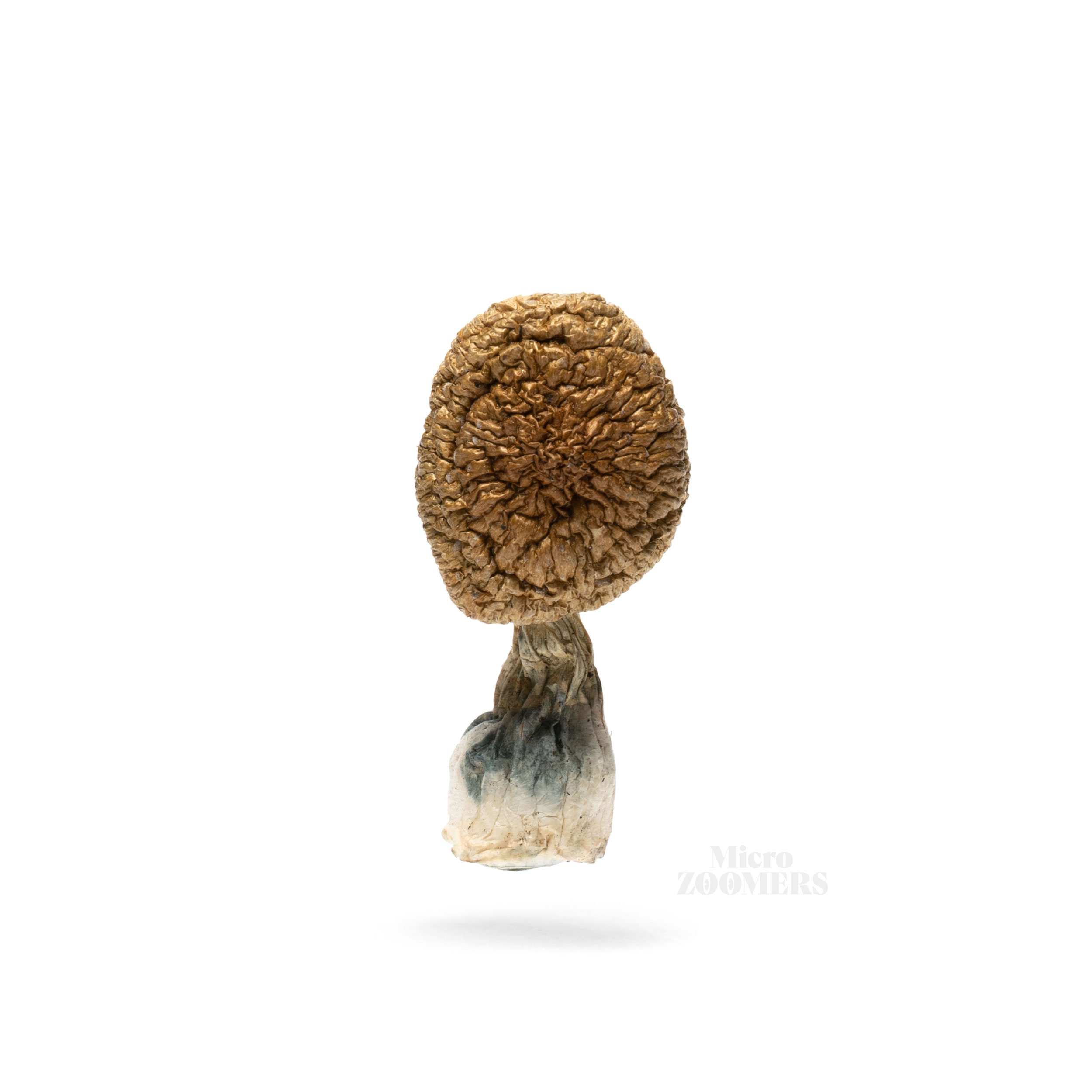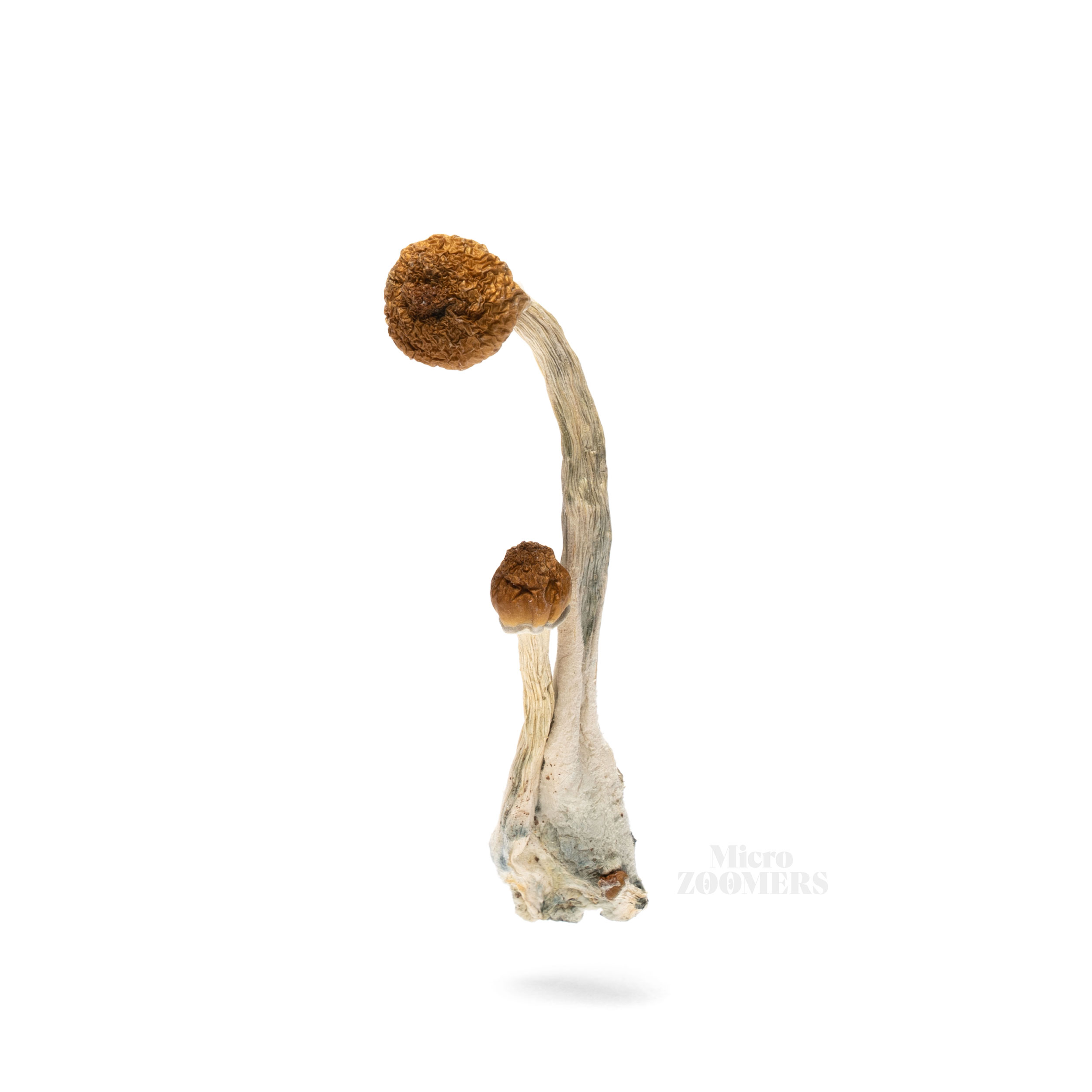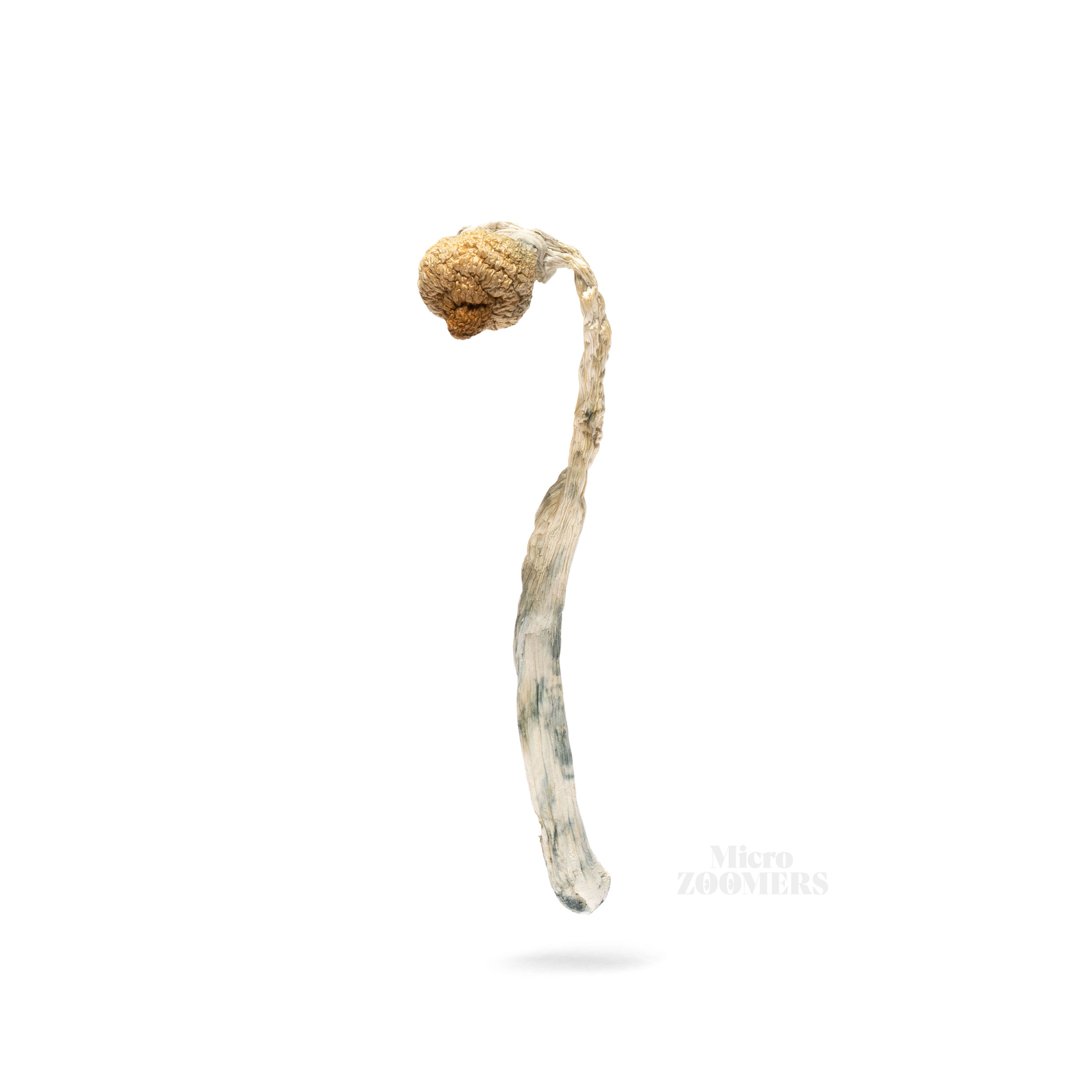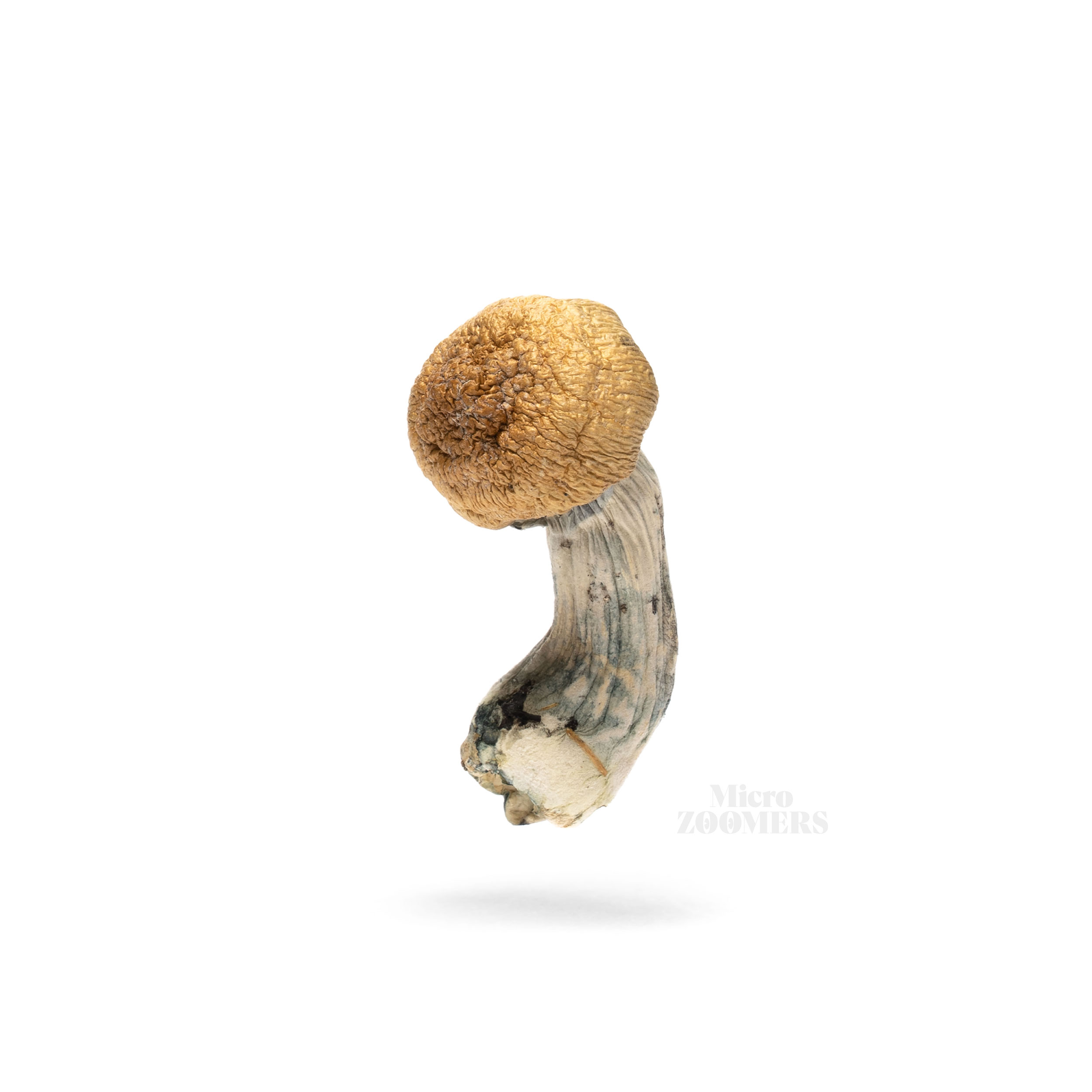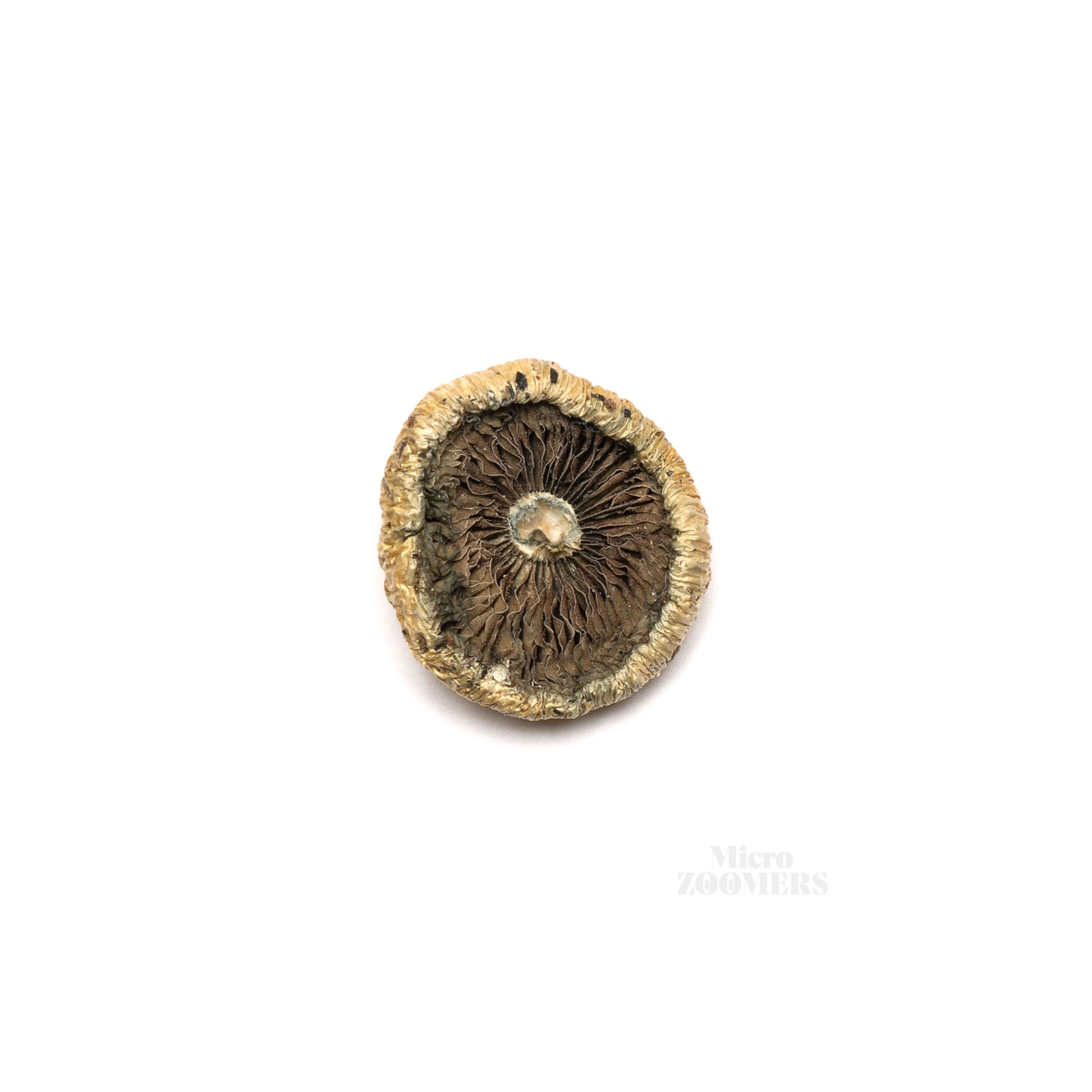AFRICAN KOBE CUBENSIS
The African Kobe cubensis is a naturally growing Psilocybe cubensis indigenous to the Wild Coast region of South Africa.
African Kobe cubensis is a variation of its sibling strains the African Pyramid or African Transkei. This exotic dung-loving strain was the first of the magic mushrooms in wide circulation that originated from the African continent.
It inherits the common name of African Pyramid because its cap presents a triangular-shaped silhouette that sits on a solid stem, reminding the rooted compact stability of the Nubian pyramids. These pyramids, just like in Egypt, were built to serve as tombs for the kings, queens, and wealthy citizens.
With a dry desertic climate that was once humid and green, mushrooms that grow in Africa will mostly emerge from dung or rich soils. While the African continent is renowned for its variety of Panaeoli like Panaeolus africanus, Pan. tropicalis, or Pan. cyan, it is also home to Psilocybes such as Psilocybe natalensis aka “Natal Super Strength” and Psilocybe mairei (suspected to be depicted in a 9,000 years old cave painting found in Algeria).
The original specimen of the African Kobe cubensis magic mushroom was said to be collected in January 2002 in Transkei “the area beyond the river”, where it was flourishing in dung, in the shade of trees. Transkei is in the southeastern region of South Africa that is part of the Eastern Cape province. The area presents a mountainous terrain, filled with rivers and plains, along the breath-taking Indian ocean coast.
The Wild Coast Region is notorious for a very temperate comfortable sub-tropical climate where hot and humid summers give place to pleasantly warm and dry winters; such optimal conditions make an ideal nest for the proliferation of the African Transkei. Though it grows in the wild, the specie has been cultivated by avid mycologists and today, consumers have the content of experiencing its powers worldwide.
With an extended proliferation through America, Europe and Africa, the mushroom genus Psilocybe suggests that psilocybin had an established prehistorical worldwide distribution. Stone age rock found in Africa and Europe depicts Psilocybes and suggest the prehistoric consumption of mind-altering fungi were practiced to heal the mind and the body. Some anthropologists believe that altered states of consciousness even had a role in the production of geometric and figurative art by prehistoric cultures.
Fungi find adaptative ways to spread, long-distance spore dispersal is an effective one. To this day, the debate on whether mind altering substances were related to the evolution of our brain is still active and animated. Hopefully, science will offer opportunities and by deciphering ancient diets, we will be able to demystify these mysteries.
With its mild to moderate potency, the African Transkei is reported to offer a very visual trip, with open-eye illusions such as tracers and animated fractal shapes. We could say the African Transkei is a good choice for consumers who seek a different rendering of reality. Suggested activities include a walk in the woods, a painting session, or a meditation. The African Transkei is also a great choice for micro-dosing to enhance creativity, mood, or focus.
The pyramidal tomb chapels of Nubia revealed that their royal occupants were mummified, covered in jewelry, and comfortably laid to rest for eternity in fancy wooden coffins; perhaps that is the essence of the African Pyramid: an eternal royal stressless soundless sleep. If you are into discovering more, have a look at Elephant Dung, Pan. subbalteus, and all of our different strains.
Visual Description
AFRICAN KOBE CUBENSIS Potency
Habitat Origin


